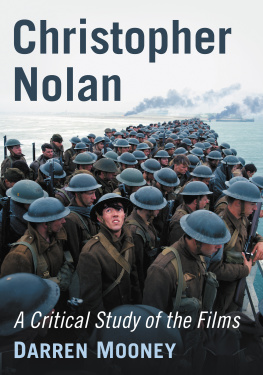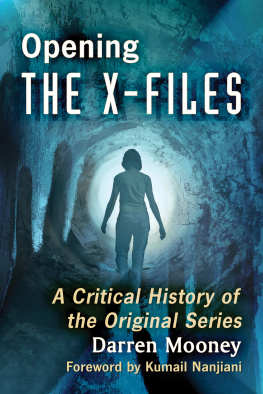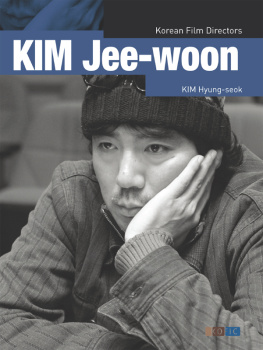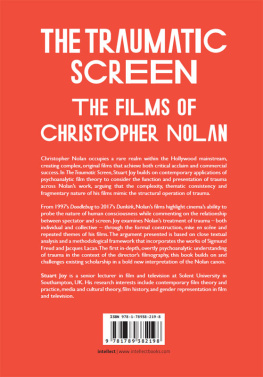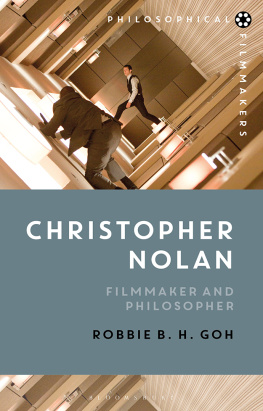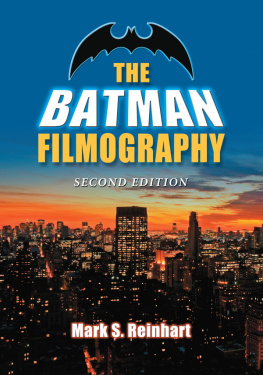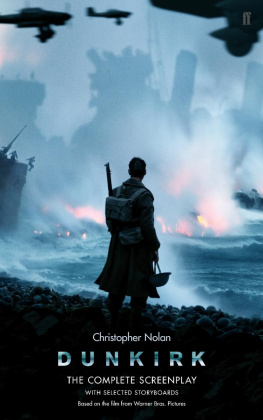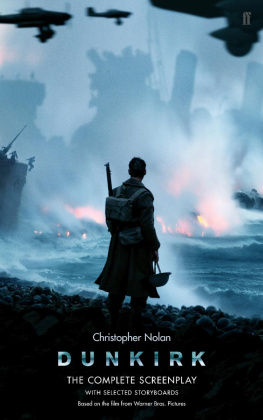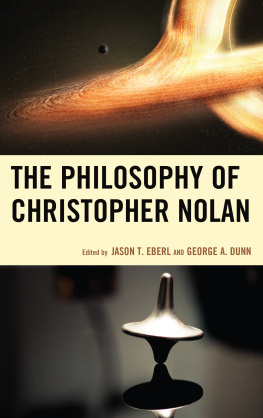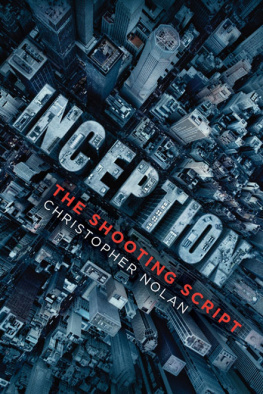
1
Following
To quote the clich, form tends to follow function.
In the films of Christopher Nolan, function tends to follow form.
Nolans films often seem reverse-engineered. In terms of basic storytelling, he tends to create from the outside in. Repeatedly in his filmmaking, he seems to settle upon a particular style or technique that he wishes to use and then designs the film around it. Certain elements of his work are dictated by forces external to the films themselves, and the process of cinematic creation becomes an act of back-filling.
This is perhaps most obvious in Batman Begins, where a large chunk of the narrative is built around Bruce Waynes decision to dress up as a giant bat to fight crime. Batman Begins essentially reverse-engineers its own core intellectual property, interrogating the core premise of an internationally recognizable brand.
This logic also applies to many of Nolans other films. A lot of his interest in Inception came from designing a movie where the exposition would not exist in service of the plot, but where the plot might serve as an engine for exposition.
This is particularly true of Nolans feature-length debut Following. Its content was designed very much from the outside inwards. Its narrative, its tone, its themes, the cinematic techniquethese aspects were all secondary to the production realities that Nolan knew that he would face in bringing the film to life. Following was cannily designed with those constraints built into it, potential limitations woven into its architecture.
Like many cinematic debuts, Following is ruthlessly utilitarian, a feature-length work that is largely defined by the boundaries imposed on its production by issues like budget and resources. However, what is most striking about this aspect of it is how perfectly it reflects Nolans filmmaking aesthetic. He adopted this approach throughout his life, from his earliest forays into filmmaking through to his status as a brand-name director.
Christopher Nolan was born in London on July 30, 1970. His father was a British advertising executive who worked as a creative director. His mother was an American flight attendant who would later work as an English teacher. The family split their time between London and Chicago, with their children traveling back and forth across the Atlantic.
Nolan fell in love with cinema at a very early age. I went to the movies a lot as a kid, he recalls of his childhood. That first Star Wars, that George Lucas directed, came out in 1977 when I was seven years old. It made a huge impression on me, in terms of the scope of it and the idea that you could create an entirely different experience for the audience, literally any world, more than one world, a whole different galaxy.
Star Wars would be a formative influence on young Nolan, even beyond the direct connection that might be drawn to the blockbuster aesthetic of his films after Batman Begins or even the obvious stylistic debt owed in his own gigantic family-saga-as-space-opera epic Interstellar. In many ways, Star Wars inspired Nolan to become a storyteller.
Returning to London, Nolan regaled school friends with his account of Star Wars, which had yet to be released in the United Kingdom.
Star Wars influenced more than just Nolans storytelling. It inspired the child to take up the art of filmmaking. At age seven or eight, Nolan titled his cinematic homages Space Wars,
According to Jonathan, the Nolan family still has copies of these early home movies stored on their hard drives,
Star Wars might have been a key and formative experience for the young Nolan, but it was not the only film to heavily influence the would-be filmmaker. His first memory of seeing a film in the cinema was the re-release of Snow White and the Seven Dwarfs, and he remembered being so terrified of the Witch that he would hide behind the cinema seats.
The film 2001: A Space Odyssey may have had a significant influence on how Nolan approached filmmaking, with the director stressing that the films infamously ambiguous narrative was largely irrelevant to a young child just taking the experience in. Nolan reflects, I dont remember being remotely concerned about what it meant or whether it was elusive or confusing.
Nolan decided very early in his life that he wanted to construct films. You know how youre supposed to have a character arc in a screenplay? asks Jonathan Nolan. My brother would not make a good character. Theres a straight vector line, straight out of the womb: Filmmaker. Didnt waver, didnt wrestle with any of the doubts that plague the rest of us.
Nolans family encouraged him. Nolan has said that his parents were both creative; I think they were thrilled that I was interested in doing something creative and they lent me their camerawhich, you know, I wound up breaking. I strapped it to the bottom of a car and bottomed out, smashing it, which my dad wasnt very happy about.
Nolans interest in becoming a filmmaker informed a lot of his subsequent life choices. At University College London, he studied English Literature. I didnt really have anything else to do, Nolan recalled. My dad was very encouraging, but pointed out that you might want to get a degree in something unrelated to what you want to do because it gives a different take on things.
This was in some ways a pragmatic and utilitarian decision. Nolans primary influences tend to be rooted in cinema rather than literature. As a young filmmaker, he would either have to write his own material to direct, or find a writing partner to write specifically for him.
Nolans literary interests reflected what would become his own narrative style. He cites Graham Stiles Waterland as a major influence on his own storytelling, particularly in its subjective and non-linear style that served to render the reader an active participant in the narrative. Nolan remarks of the book, Its structured with a set of parallel timelines and effortlessly tells a story using historya contemporary story and various timelines that were close together in time (recent past and less recent past), and it actually crosscuts these timelines with such ease that, by the end, hes literally sort of leaving sentences unfinished and youre filling in the gaps.
Nolan consciously decided not to study film at third level. He preferred that his experience and understanding of film remain subjective and personal, rather than rendering it academic or objective.
Nolan reportedly chose University College London in large part due to the facilities afforded to its student filmmakers.
While in college, Nolan began producing short films. Finished in 1989, Tarantella was a surrealist short produced with his childhood friend Roko Belic. It was televised on Image Union on the public broadcasting station in Chicago, an impressive accomplishment for a college student who had yet to turn 20.
Nolan became more active and more prolific in the midnineties. In 1995, his short film Larceny was shot using University College London equipment, and it played at the 1996 Cambridge Film Festival. Although not made available to the public, it is considered one of the finest short films that University College London ever produced.
Larceny also marked the first collaboration between Nolan and his college friend Jeremy Theobald. In 1997, Nolan would cast Theobald as the lead character in his three-minute short film Doodlebug.
Doodlebug is much more surreal than the bulk of Nolans feature-length output.
Next page
